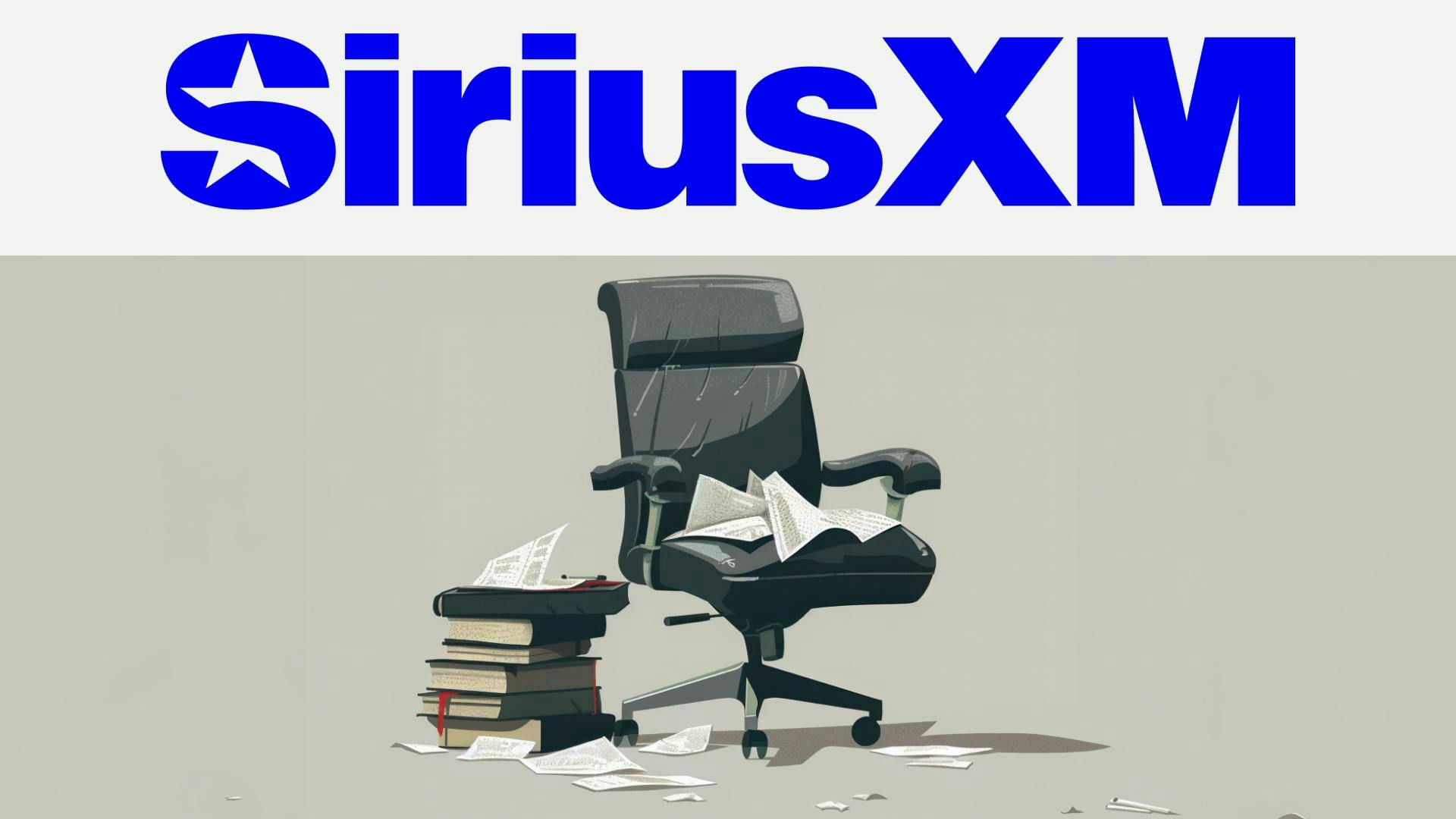TL;DR intro
- Microsoft layoffs:Microsoft lays off over 1,000 employees in its mixed reality division, including those working on HoloLens 2.
- Commitment to HoloLens 2:Despite layoffs, Microsoft remains committed to the HoloLens 2 and the Department of Defense's IVAS program.
- Investment in AI and mixed reality:The company continues investing in AI and mixed reality, emphasizing the role of advanced technologies in future innovations.
Microsoft has announced a significant restructuring of its mixed reality division, resulting in layoffs for over 1,000 employees. This move, revealed on Monday, affects the team responsible for the HoloLens 2 augmented reality headset. Despite these cuts, Microsoft plans to continue selling the HoloLens 2 and supporting its existing customers and partners.
The layoffs are part of a broader strategy to streamline Microsoft's hardware lineup, following a similar restructuring last year that affected 10,000 employees across various departments, including mixed reality. During that period, Microsoft also discontinued several keyboard models, leading to upset among loyal customers.
A spokesperson for Microsoft stated, "We remain fully committed to the Department of Defense's IVAS program and will continue to deliver cutting-edge technology to support our soldiers. In addition, we will continue to invest in W365 to reach the broader Mixed Reality hardware ecosystem. We will continue to sell HoloLens 2 while supporting existing HoloLens 2 customers and partners."
The Mixed Reality Landscape and Microsoft's Role
The HoloLens, first introduced in 2015, has struggled to achieve widespread commercial success. However, the U.S. Defense Department has contracted Microsoft to develop a modified version of the HoloLens, known as the Integrated Visual Augmentation System (IVAS). This system is intended for military use, although soldiers have reported issues such as nausea and other side effects. Despite these challenges, tests on updated models have shown promise.
Microsoft's mixed reality journey has seen significant investments alongside other tech giants, focusing on commercializing artificial intelligence. The company has been aggressively deploying Nvidia graphics processing units (GPUs) to enhance AI capabilities, such as the Copilot chatbot and features in Microsoft 365 productivity applications, including automated memo writing, presentation drafting, and meeting summaries.
In December, Microsoft scaled back its investment in augmented and virtual reality by deprecating Windows Mixed Reality, a platform that allowed users to run applications in head-mounted displays. Despite this, the company maintains its commitment to mixed reality through continued support for the HoloLens 2 and features like Mesh, which enables three-dimensional Teams video calls using headsets.
The Competitive Edge and Future Prospects
In the competitive landscape of augmented reality (AR) and virtual reality (VR), Microsoft's decisions reflect the challenges and opportunities within these cutting-edge technologies. The AR market is expected to reach $88.4 billion by 2026, with significant contributions from enterprise applications, healthcare, and consumer electronics. Microsoft's strategic realignment aims to position itself effectively within this growing market.
Apple's recent entry into the AR space with the Vision Pro headset underscores the competitive pressure faced by Microsoft. Launched in January, the Vision Pro represents Apple's foray into augmented reality, potentially setting new standards and driving further innovation across the industry.
Microsoft CEO Satya Nadella, speaking at the Microsoft Ignite conference in Seattle, emphasized the company's vision for the future of work. "We are reimagining the way employees come together and connect using any device, whether it’s their PC, HoloLens, or Meta Quest," Nadella stated. This vision highlights Microsoft's ongoing commitment to leveraging advanced technologies to enhance collaboration and productivity.
While the restructuring and layoffs mark a challenging period for Microsoft's mixed reality division, the company's continued investment in AI and commitment to supporting the HoloLens 2 indicate a strategic focus on long-term innovation. As the tech landscape evolves, Microsoft's role in shaping the future of AR, VR, and AI remains pivotal, driving advancements that will impact various industries and applications.


